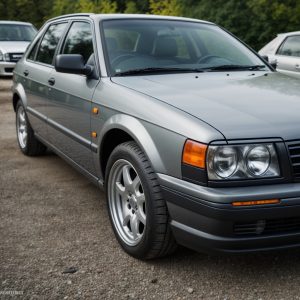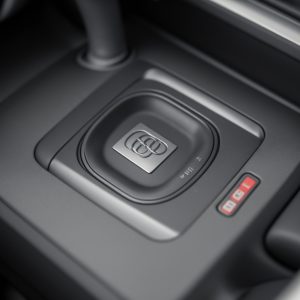Introduction to can bus in audi a4 b7
Understanding the intricacies of the Controller Area Network (CAN) bus system in an Audi A4 B7 is essential for both enthusiasts and technicians alike.
As one of the fundamental components of modern vehicle architecture, the CAN bus plays a crucial role in facilitating communication among various electronic control units (ECUs) within the vehicle.
From transmitting vital engine data to controlling advanced driver assistance systems (ADAS), the CAN bus serves as the backbone of interconnected systems in the Audi A4 B7, ensuring seamless operation and optimal performance.
The evolution of can bus technology
The development of the CAN bus technology revolutionized automotive communication, offering a reliable and efficient means for ECUs to exchange information in real-time. In the Audi A4 B7, this technology enables different components, such as the engine control module (ECM), transmission control module (TCM), and ABS control module, to communicate seamlessly.
Unlike earlier protocols that relied on point-to-point wiring systems, the CAN bus utilizes a two-wire twisted pair network, significantly reducing the amount of wiring needed in the vehicle while enhancing reliability and scalability.
Key benefits of can bus in audi a4 b7
One of the primary advantages of the CAN bus architecture in the Audi A4 B7 is its ability to transmit data quickly and efficiently across multiple ECUs. This high-speed communication ensures that critical systems receive timely information, allowing for rapid decision-making and precise control.
Moreover, the CAN bus system enhances diagnostic capabilities, enabling technicians to pinpoint faults and troubleshoot issues with greater accuracy. By accessing the onboard diagnostic interface, technicians can retrieve detailed fault codes and perform comprehensive diagnostic tests, streamlining the repair process and minimizing vehicle downtime.
Integration with advanced automotive systems
In addition to facilitating communication among essential vehicle components, the CAN bus in the Audi A4 B7 integrates seamlessly with advanced automotive systems, including infotainment, navigation, and driver assistance features.
For instance, the CAN bus enables the exchange of data between the infotainment system and other ECUs, allowing drivers to access vehicle information, control multimedia functions, and interact with connected devices effortlessly.
Challenges and considerations
While the CAN bus technology offers numerous benefits, it is not without its challenges. As vehicles become increasingly complex and incorporate more electronic components, the demand for bandwidth and processing power within the CAN bus network continues to grow.
Moreover, ensuring the security and integrity of data transmitted over the CAN bus is paramount, especially in light of cybersecurity threats and potential vulnerabilities. Manufacturers must implement robust encryption protocols and security measures to safeguard against unauthorized access and tampering.
The future of can bus technology
As automotive technology continues to evolve, the CAN bus system in the Audi A4 B7 will likely undergo further enhancements and refinements to meet the demands of future vehicles. From increased bandwidth and higher data transfer rates to enhanced cybersecurity features, the next generation of CAN bus technology promises to deliver even greater performance and reliability.
Ultimately, understanding the role of the CAN bus in the Audi A4 B7 is essential for anyone involved in automotive maintenance, repair, or engineering. By grasping the principles of this sophisticated communication protocol, technicians and enthusiasts alike can gain valuable insights into the inner workings of modern vehicles and appreciate the complexities of automotive technology.




